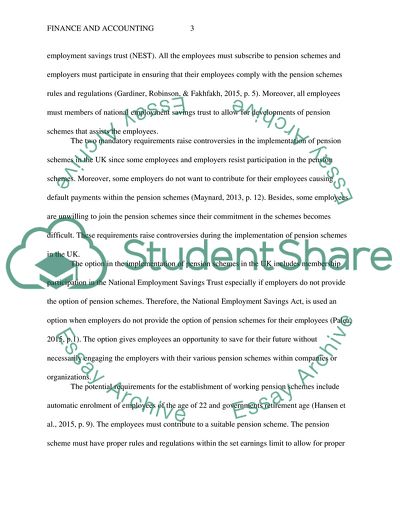UK Pensions Debate Essay Example | Topics and Well Written Essays - 1250 words. https://studentshare.org/finance-accounting/1881535-uk-pensions-debate
UK Pensions Debate Essay Example | Topics and Well Written Essays - 1250 Words. https://studentshare.org/finance-accounting/1881535-uk-pensions-debate.


